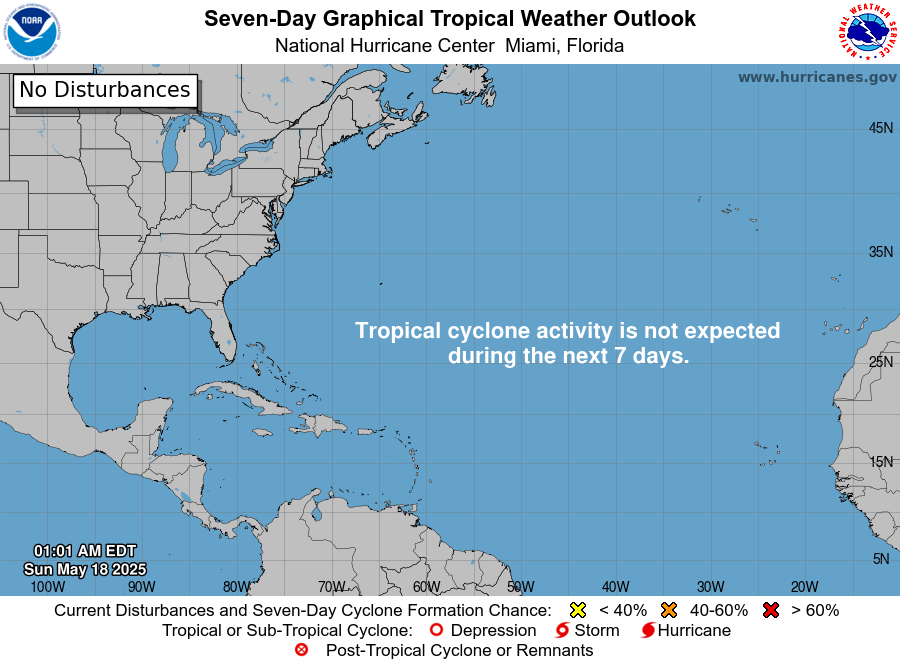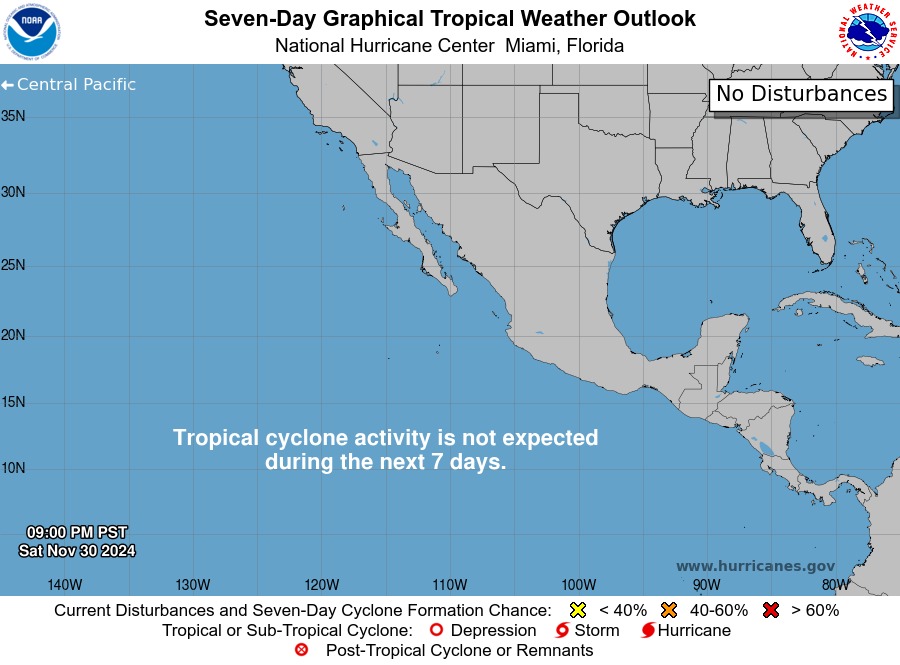This article focuses on what we are paying attention to in the next 48 to 72 hours. The article also includes weather maps for longer-term U.S. outlooks (up to four weeks) and a six-day World weather outlook which can be very useful for travelers.
First the NWS Short Range Forecast. The afternoon NWS text update can be found here after about 4 p.m. New York time but it is unlikely to have changed very much from the morning update. The images in this article automatically update.
Short Range Forecast Discussion
NWS Weather Prediction Center College Park MD
Wed Jan 22 2025
Valid 00Z Thu Jan 23 2025 – 00Z Sat Jan 25 2025…Dangerously cold temperatures and wind chill values to linger for much
of the South and eastern U.S….…High winds and snow over parts of the Montana through Wednesday
evening……Moderate to heavy lake-enhanced snow downwind from the Great Lakes…
…There is a Critical Risk of fire weather over parts of Southern
California…Bitterly cold high pressure extending from the Mid-Atlantic to Central
Gulf Coast brings temperatures 15 to 25 degrees below average from parts
of the Mid-Atlantic to the Central Gulf Coast. Arctic air will persist in
the Southeast into Thursday with a slow return to normal temperatures
expected by Friday. Multiple record low temperatures and record cold
afternoon highs are forecast Wednesday and Thursday. The associated wind
chills will be zero to 10 degrees above zero across portions of the
Southeast Wednesday night and Thursday morning. The cold temperatures and
wind chills pose a heightened risk of hypothermia, as well as frostbite to
exposed skin. Protect pets, livestock, and exposed plumbing to avoid
over-exposure to the cold. Have a cold weather survival kit if traveling,
and fill up fuel tanks/batteries so that you can stay warm if you become
stranded.Meanwhile, upper-level energy and upslope flow will produce light snow
over parts of the Northern Rockies from Wednesday evening into Thursday.
Additionally, high wind and snow will occurred through Wednesday evening.
On Thursday, the snow will become light to moderate over the region and
light snow will develop over parts of the Northern Plains on Friday.Furthermore, a clipper system over the Upper Great Lakes moves into
Eastern Canada by Thursday with the trailing cold front moving off the
Northeast Coast by Friday evening. The system will produce moderate to
heavy lake-enhanced snow over the Upper Great Lakes Wednesday evening into
Thursday. Light snow will also develop over parts of the Ohio Valley,
likewise, Wednesday evening into Thursday. The moderate to heavy
lake-enhanced snow will move into the Lower Great Lakes Thursday evening
into Friday. In addition, light upslope snow will develop over parts of
the Central Appalachians Thursday evening into Friday.Moreover, strong high pressure over parts of the Northern Intermountain
Region and Great Basin will set up Santa Ana winds over Southern
California. Therefore, the SPC has issued a Critical Risk of fire weather
over parts of Southern California through Thursday. Winds of 20 to 40 mph,
with stronger winds in the terrain, low relative humidity, and dry fuels
have contributed to the dangerous conditions.
To get your local forecast plus active alerts and warnings click HERE and enter your city, state or zip code. If the Hazards Outlook is not updated click here but remember it does not update during the weekend.
Learn about wave patterns HERE.
Then, looking at the world and of course, the U.S. shows here also. Today we are looking at precipitation.
Please click on “Read More” below to access the full Daily Report issued today.
| Notices: What would you like to learn about? Please provide that to me via the comment section at the end of the article. |
Now more detail on the 48-Hour Forecast (It is a 48 to 72 Hour Forecast actually)
Daily weather maps. The Day 1 map updates twice a day and the Day 2 and 3 maps update only once a day. These maps update automatically. But if that does not happen, you can get updates by clicking HERE
TODAY (or late in the day the evening/overnight map will appear) (Key to surface fronts shown on maps and you will then also be able to insert a city name or zip code and get a local NWS forecast).

TOMORROW

NEXT DAY

We have a new animation of the forecast which shows how things may play out over the next 60 hours. To update click ANIMATION. Doing so will get you to the dashboard. You can then step through the animation or hit LOOP on the upper right of the display. You will have to hit the back arrow ← at the top left on your computer to get back into this article. It is a little more trouble than before but I think NOAA scrapped the animation routine I was using so we have to keep up with “progress”.
The NWS Climate Prediction Center’s: Watches, Warnings, and Advisories plus other information can be found HERE. That takes you to the NWC Severe Weather Site. From there you can select among many categories of information. Remember to hit the back arrow ← at the top left of your screen to return to this article.
ATMOSPHERIC RIVERS
This tells us what is approaching the West Coast. Click HERE to update If I have not gotten around to doing the update. Here is some useful information about Atmospheric Rivers.

Below is the current five-day cumulative forecast of precipitation (Updates can be found HERE)

Ski SnowReports
New Feature – Ski Reports. It is difficult to find reports that auto-update on-screen (and they are very long) but these links will get you to them – If you have additional suggestions make them in the comments section after every Econcurrents Article and we may add those links. We will try to not have too much overlap as that can add to the confusion.
Snow Forecasts. And remember this shows natural snow. Ski resorts also make their own snow.
Day 1

Day 2

Now we look at Intermediate-Term “Outlook” maps for three time periods. Days 6 – 10, Days 8 – 14, and Weeks 3 and 4. An outlook differs from a forecast based on how NOAA uses these terms in that an “outlook” presents information as deviation from normal and the likelihood of these deviations.
Below are the links to obtain updates and additional information. They are particularly useful if you happen to be reading this article significantly later than when it was published. I always try to provide readers with the source of the information in my articles. These links may also be useful for those viewing this article on a cell phone or other small screen.
| Days 6 – 10 (shown in Row 1) | Days 8 – 14 (Shown in Row 2) | Weeks 3 and 4 (Shown in Row 3 but updates only on Fridays) |
| https://www.cpc.ncep.noaa. gov/products/predictions/610day/ | https://www.cpc.ncep .noaa.gov/products/predictions/814day/ | https://www.cpc.ncep.noaa.gov/products/predictions/WK34/ |
Showing the actual maps. They should now update automatically. The Week 3 – 4 Outlook only updates on Fridays. So below is what I call the Intermediate-term outlook. On Fridays, it extends out 28 Days. That declines day by day so on Thursday it only looks out 22 days until the next day when the Week 3 – 4 Outlook is updated and this extends the outlook by one additional week.
| 6–
10
|
|
|
| 8–
14 |
|
|
| 3–
4 |
|
|
HAZARDS OUTLOOKS
Click here for the latest complete Day 3 -7 Hazards forecast which updates only on weekdays. Once a week probably Monday or Tuesday I will update the images. I provided the link for readers to get daily updates on weekdays. Use your own judgment to decide if you need to update these images. I update almost all the images Friday Night for the weekend edition of this Weather Report. So normally readers do not need to update these images but if the weather is changing quickly you may want to.

Temperature month to date can be found at https://hprcc.unl.edu/products/maps/acis/MonthTDeptUS.png
Precipitation month to date can be found at https://hprcc.unl.edu/products/maps/acis /MonthPNormUS.png
World Forecast [that website is has been intermittent so be patient]
Below are the Day 1 -3 and 4-6 forecasts for temperature and precipitation. Updates and much additional information can be obtained HERE
World Temperature Anomalies


World Accumulated Precipitation


This information is provided by the University of Maine. They draw upon many different sources. There is a lot of information available at the link provided. I have just provided two useful forecasts. There are probably over a hundred different forecasts available from this source.
Worldwide Tropical Forecast (This is a NOAA Product)
This graphic updates on Tuesdays) If it has not been updated, you can get the update by clicking here Readers will only have to do that if they are reading this article much later than the date of it being published.
Information on Tropical Storms can be found HERE. Western Pacific information can be found HERE. Note that unless there is an out-of-season storm the below images will not update until the National Hurricane Center starts their seasonal update of these maps on June 1. I include them simply because there can be an out-of-season event in which case it should show up in these maps.


–
| I hope you found this article interesting and useful. |








